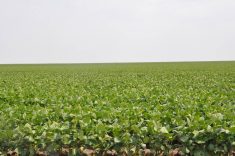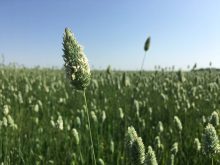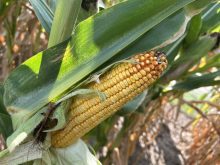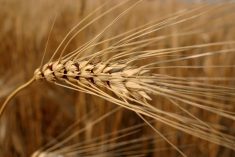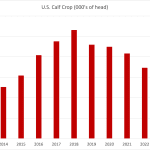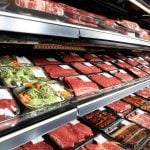DES MOINES, Iowa – U.S. hog prices in 2007 are expected to be steady or perhaps higher than last year.
But American hog farmers might not be profitable, said University of Missouri hog market analyst Glenn Grimes.
High corn prices have already reduced margins and producers will probably lose money in the always anxiety-producing fourth quarter.
“As we look at the next several months, we probably are going to drift into red ink,” said Grimes at the World Pork Expo.
But the fourth quarter likely won’t bring a 1998-style crash.
Read Also
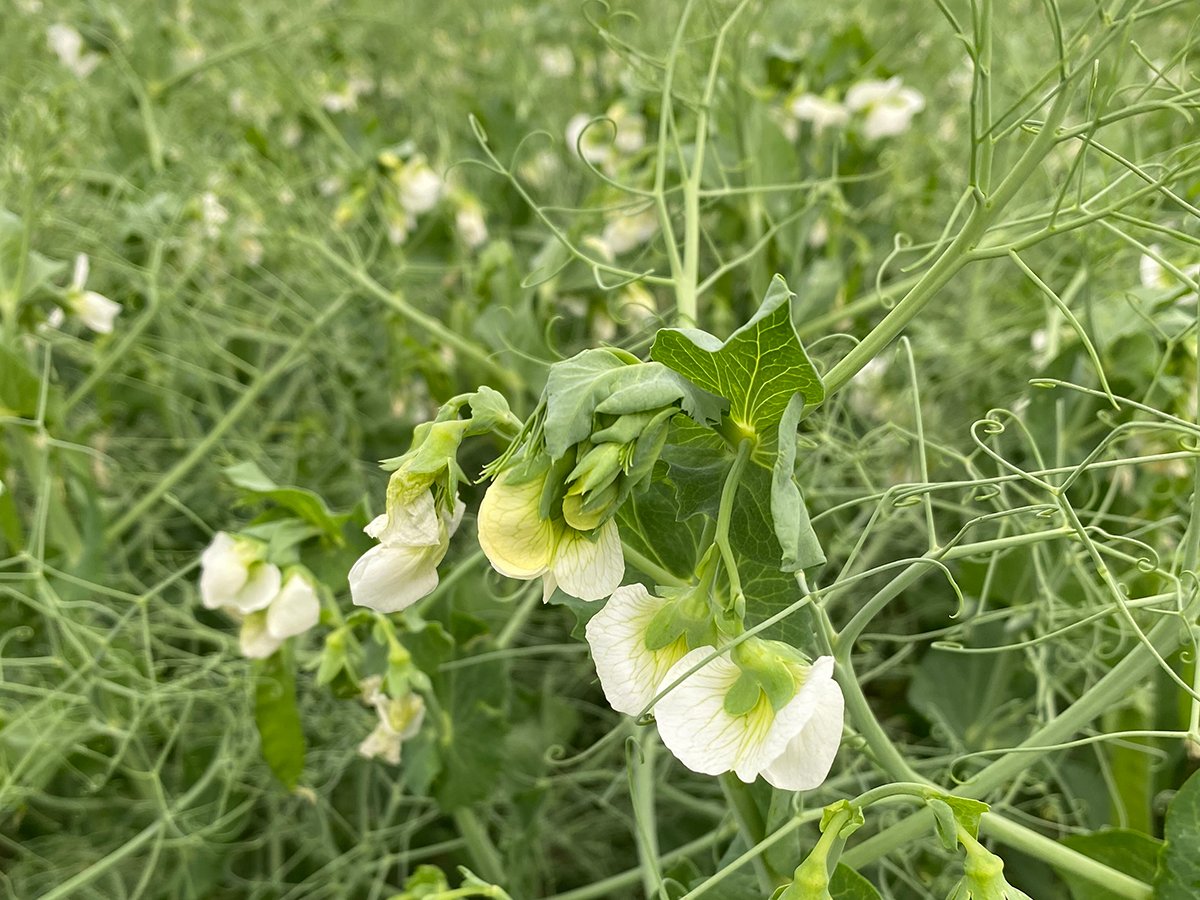
Pulse fractionation business expected to soon get a boost
Louis Dreyfus Company will soon be producing pea protein isolate at its new plant under construction in Yorkton
“Unless we lose a plant, the probabilities are good that we will not run into slaughter capacity problems this fall even with a 28 million-plus slaughter as we think we will have now,” Grimes told pig producers.
Profit is often threatened in the fourth quarter because more pigs go to market, threatening to overwhelm slaughter capacity, which is reduced by Thanksgiving, Christmas and New Year’s holidays.
Grimes forecasts average prices for 2007 at $46 to $48 US per hundredweight live, compared to $46.28 last year and $49.55 in 2005. The 2006 price brought U.S. farmers their 15th consecutive year of profits – the longest run in their history.
But even a slightly higher price for this calendar year will probably break that streak. Every time corn prices rise by 50 cents per bushel, $2.50 is added to the cost of producing 100 pounds of live pork.
Since last year’s expo, hog production costs have risen by $7 to $9 per pig.
Grimes predicts 2008 hog prices will range from $44 to $47 per live cwt.
The $46.28 average for 2006 is higher than he predicted at the expo last year, something he attributes to higher demand for pork. Demand had dropped in the aftermath of the Atkins diet’s popularity, but has recovered in the past year.
Grimes thinks Canadian slaughter exports will increase this year because Maple Leaf Foods has closed slaughter plants, but he expects the strong Canadian dollar and weakness of the American dollar will end Canada’s hog industry growth.
In the past decade, Canada’s expansion accounted for 74 percent of hog production growth in the two countries.
“The next five years we think that will change, and this is why,” he said, looking at a chart that showed the Canadian dollar’s rise.




